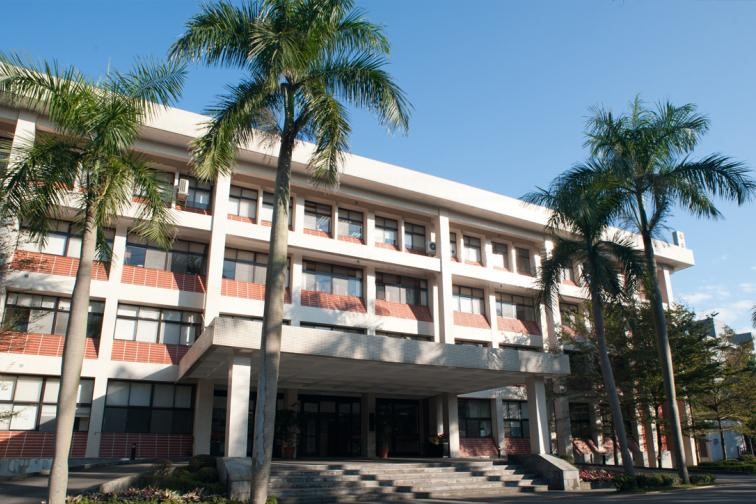- 演講或講座
- 生物醫學科學研究所
- 地點
生醫所地下室B1B演講廳
- 演講人姓名
Dr. Lai-Hua Xie (Rutgers-New Jersey Medical School)
- 活動狀態
確定
- 活動網址
Iron overload (IO) cardiomyopathy remains a significant clinical challenge whose underlying mechanism(s) have yet to be defined. We aim to investigate the multifaceted effects of IO on the heart. In mouse ventricular cardiomyocytes, acute iron treatment (with Fe3+/8-HQ complex) promoted mitochondrial ROS generation and led to mitochondrial membrane potential (∆Ψm) depolarization. We also observed prolongation of the action potential (AP) duration and induction of early and delayed afterdepolarizations (EADs and DADs) in myocytes superfused with Fe3+/8-HQ. Iron treatment decreased the peak amplitude of the L-type Ca2+ current and total K+ current, altered Ca2+ dynamics, and decreased cell contractility. We further demonstrated that IO induced cardiac dysfunction is associated with TRPC channel activation and alterations in membrane potential and Ca2+ dynamics. Computer modeling captured the same AP and Ca2+ dynamics and provided additional mechanistic insights.
Ferroptosis is a novel regulated non-apoptotic cell death characterized by iron-dependence and the accumulation of lipid peroxidation. We further evaluated the involvement of the mitochondrial Ca2+ uniporter (MCU) in cardiac dysfunction and determine its role in the occurrence of ferroptosis. A chronic IO was established in WT (MCUfl/fl) and conditional MCU KO (MCUfl/fl-MCM) mice. LV function was reduced by chronic IO in WT mice, but not in MCU KO mice. The level of mitochondrial iron and reactive oxygen species were increased, and mitochondrial membrane potential and spare respiratory capacity were reduced in WT cardiomyocytes, but not in MCU KO cardiomyocytes. After IO, lipid oxidation levels were increased in WT, but not in MCU KO hearts. Ferrostatin-1, a selective ferroptosis inhibitor, reduced lipid peroxidation and maintained LV function in vivo after chronic IO in WT hearts. Isolated cardiomyocytes from WT mice demonstrated ferroptosis after acute iron treatment. Moreover, Ca2+ transient amplitude and cell contractility were both significantly reduced in isolated cardiomyocytes from chronically Fe treated WT hearts. However, ferroptosis was not induced in cardiomyocytes from MCU KO hearts nor was there a reduction in Ca2+ transient amplitude or cardiomyocyte contractility. We conclude that mitochondrial iron uptake is dependent on MCU, which plays an essential role in causing mitochondrial dysfunction and ferroptosis under IO conditions in the heart. Cardiac-specific deficiency of MCU prevents the development of ferroptosis and IO-induced cardiac dysfunction.









 首頁
首頁

